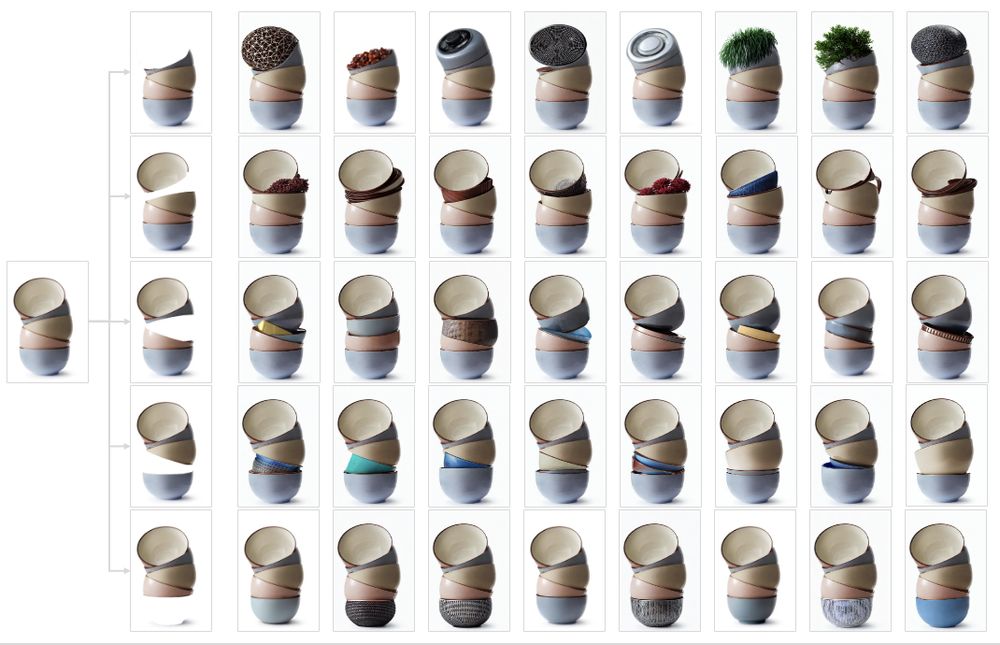
After UIUC's blue and @tticconnect.bsky.social blue, I’m delighted to add another shade of blue to my journey at Hopkins @jhucompsci.bsky.social. Super excited!!

After UIUC's blue and @tticconnect.bsky.social blue, I’m delighted to add another shade of blue to my journey at Hopkins @jhucompsci.bsky.social. Super excited!!
Also, feel free to chat with me @cvprconference.bsky.social #CVPR2025
I’m immensely grateful to my mentors, friends, colleagues, and family for their unwavering support.🙏
Also, feel free to chat with me @cvprconference.bsky.social #CVPR2025
I’m immensely grateful to my mentors, friends, colleagues, and family for their unwavering support.🙏
The lab will focus on 3 broad themes:
1) GLOW: Generative Learning Of Worlds
2) LUMA: Learning, Understanding, & Modeling of Appearances
3) PULSE: Physical Understanding and Learning of Scene Events
The lab will focus on 3 broad themes:
1) GLOW: Generative Learning Of Worlds
2) LUMA: Learning, Understanding, & Modeling of Appearances
3) PULSE: Physical Understanding and Learning of Scene Events
Fig above shows a single pass. Once the top bowl is gone, the next "top" bowl gets its own diverse semantics too
Fig above shows a single pass. Once the top bowl is gone, the next "top" bowl gets its own diverse semantics too
When we remove the top bowl, we get diverse semantics: fruits, plants, and other objects that just happen to fit the shape. As we go down, it becomes less diverse: occasional flowers, new bowls in the middle, & finally just bowls at the bottom.

When we remove the top bowl, we get diverse semantics: fruits, plants, and other objects that just happen to fit the shape. As we go down, it becomes less diverse: occasional flowers, new bowls in the middle, & finally just bowls at the bottom.
🔗 visualjenga.github.io
📄 arxiv.org/abs/2503.21770

🔗 visualjenga.github.io
📄 arxiv.org/abs/2503.21770
We’re just getting started. There’s still a long way to go before models understand scenes like humans do. Our task is a small, playful, and rigorous step in that direction.
We’re just getting started. There’s still a long way to go before models understand scenes like humans do. Our task is a small, playful, and rigorous step in that direction.
Search for “cups” → You’ll almost always see a table.
Search for “tables” → You rarely see cups.
So: P(table | cup) ≫ P(cup | table)
We exploit this asymmetry to guide counterfactual inpainting

Search for “cups” → You’ll almost always see a table.
Search for “tables” → You rarely see cups.
So: P(table | cup) ≫ P(cup | table)
We exploit this asymmetry to guide counterfactual inpainting

